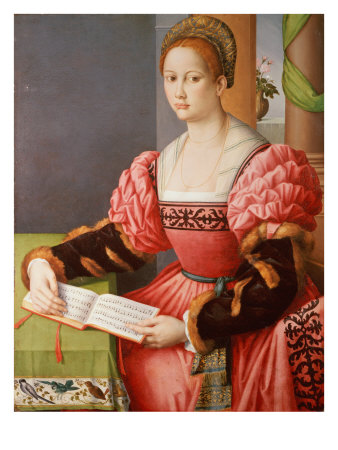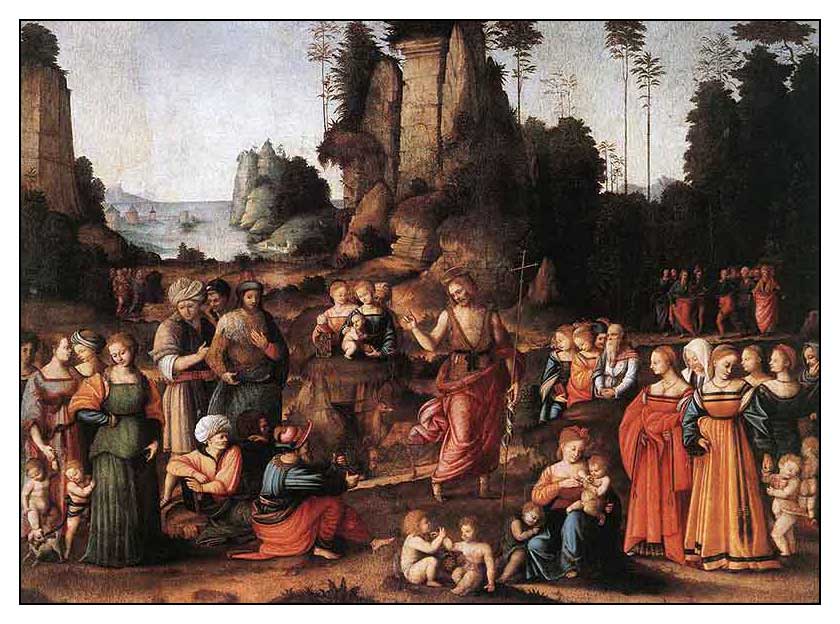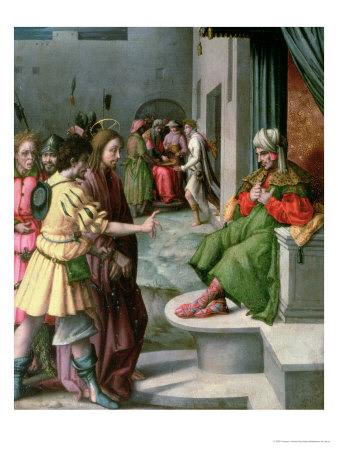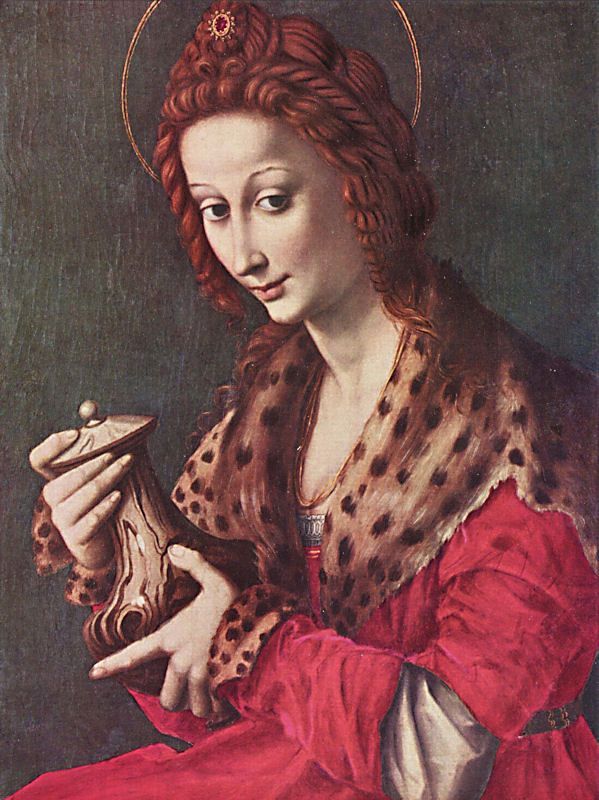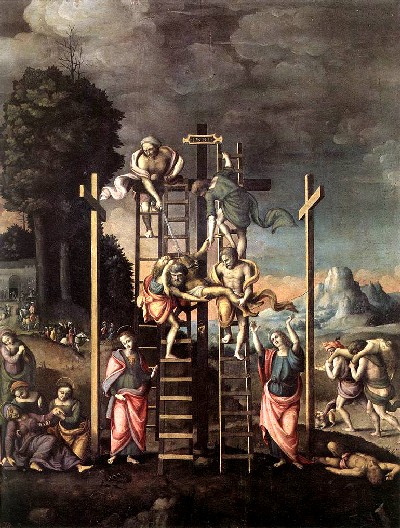<Back to Index>
- Mathematician John Pell, 1611
- Painter Francesco Ubertini, il Bacchiacca, 1494
- Bulgarian Dissident Writer Georgi Ivanov Markov, 1929
PAGE SPONSOR
Francesco d’Ubertino Verdi, called Bacchiacca [also known as Francesco Ubertini, il Bacchiacca] (1494 – 1557) was an Italian painter of the Renaissance whose work is characteristic of the Florentine Mannerist style.
Bachiacca was born and baptized in Florence on March 1, 1494 [modern] and died there on October 5, 1557. He apprenticed in Perugino's Florentine studio, and by 1515 began to collaborate with Andrea del Sarto, Jacopo Pontormo and Francesco Granacci on the decoration of cassone (chest), spalliera (wainscot), and other painted furnishings for the bedroom of Pierfrancesco Borgherini and Margherita Acciauoli. In 1523, he again participated with Andrea del Sarto, Franciabigio and Pontormo in the decoration of the antechamber of Giovanni Benintendi. While he established a reputation as a painter of predellas and small cabinet pictures, he eventually expanded his output to include large altarpieces, such as the Beheading of St. John the Baptist, now in Berlin.
In 1540, Bacchiacca became an artist at the court of Duke Cosimo I de' Medici (reg. 1537 - 1574) and Duchess Eleanor of Toledo. In this capacity, Bacchiacca was a colleague and peer of the most important Florentine artists of the age, including Pontormo, Bronzino, Francesco Salviati, Tribolo, Benvenuto Cellini, Baccio Bandinelli, and his in-law Giovanni Battista del Tasso. Bacchiacca's first major commission was to paint the walls and ceiling of the duke’s private study with plants, animals and a landscape, which remain an important testimony of Cosimo's interest in botany and the natural sciences. Bacchiacca also made cartoons for two series of tapestries, the Grotesque Spalliere (1545 - 49) and the Months (1550 - 1553), which were woven by the newly-founded Medici tapestry works. Francesco signed only one known work, the decoration of a Terrace for the duchess and her children, with his abbreviated Christian name and nickname: "FRANC. BACHI. FACI." All of these works either contain carefully observed illustrations of nature or display the artist's trademark method and style, in which Bacchiacca combines figures, exotic costumes and other motifs acquired from Italian artists and German and Netherlandish prints into entirely new compositions. These cosmopolitan assemblages exhibited the most praiseworthy elements of both northern and southern European Renaissance art, which appealed to their courtly clientele.
Bacchiacca belonged to a family of at least five, and possibly as many as eight artists. His father Ubertino di Bartolomeo (ca. 1446/7 - 1505) was a goldsmith, his older brother Bartolomeo d’Ubertino Verdi (aka Baccio 1484 - c.1526/9) was a painter, and his younger brother Antonio d’Ubertino Verdi (1499 - 1572) — who also called himself Bacchiacca — was both an embroiderer and painter. Francesco’s son Carlo di Francesco Verdi (-1569) painted and Antonio’s son Bartolomeo d’Antonio Verdi (aka Baccino - 1600) worked as an embroiderer. This latter generation probably continued to produce paintings and embroideries after Bacchiacca's death and until the Verdi family extinguished about the year 1600.
